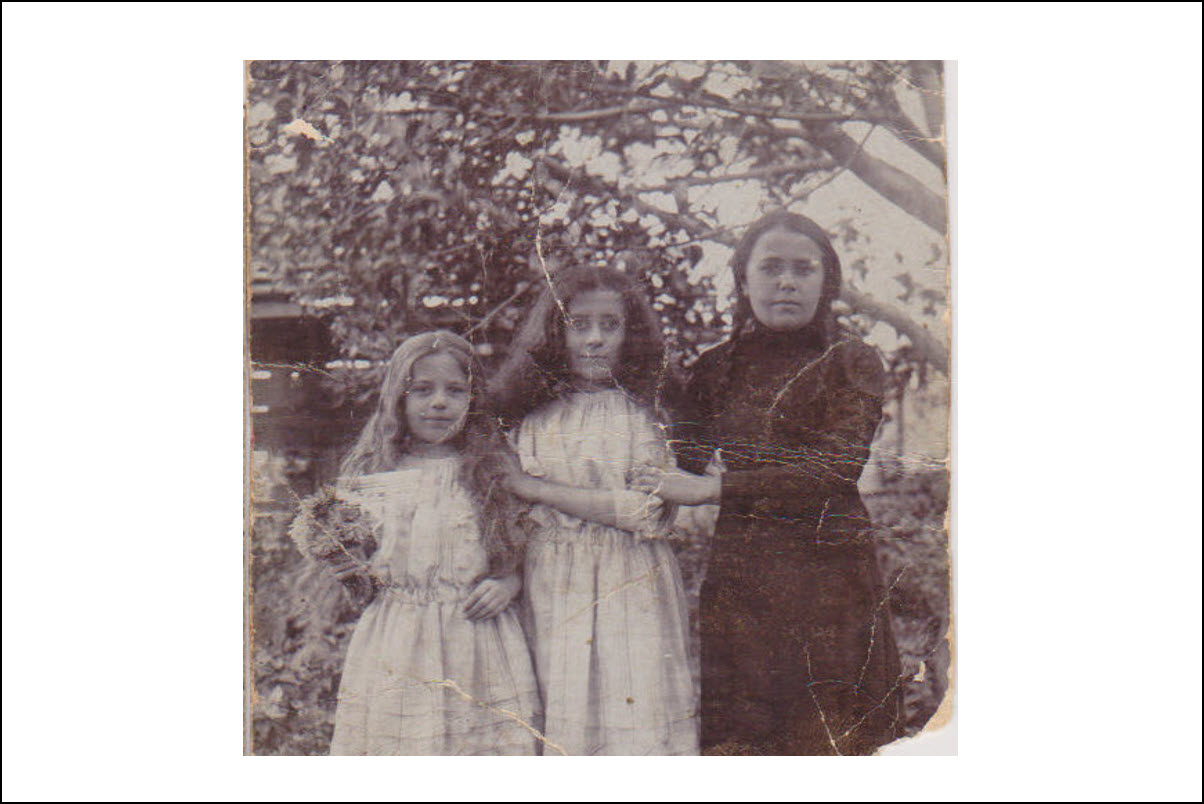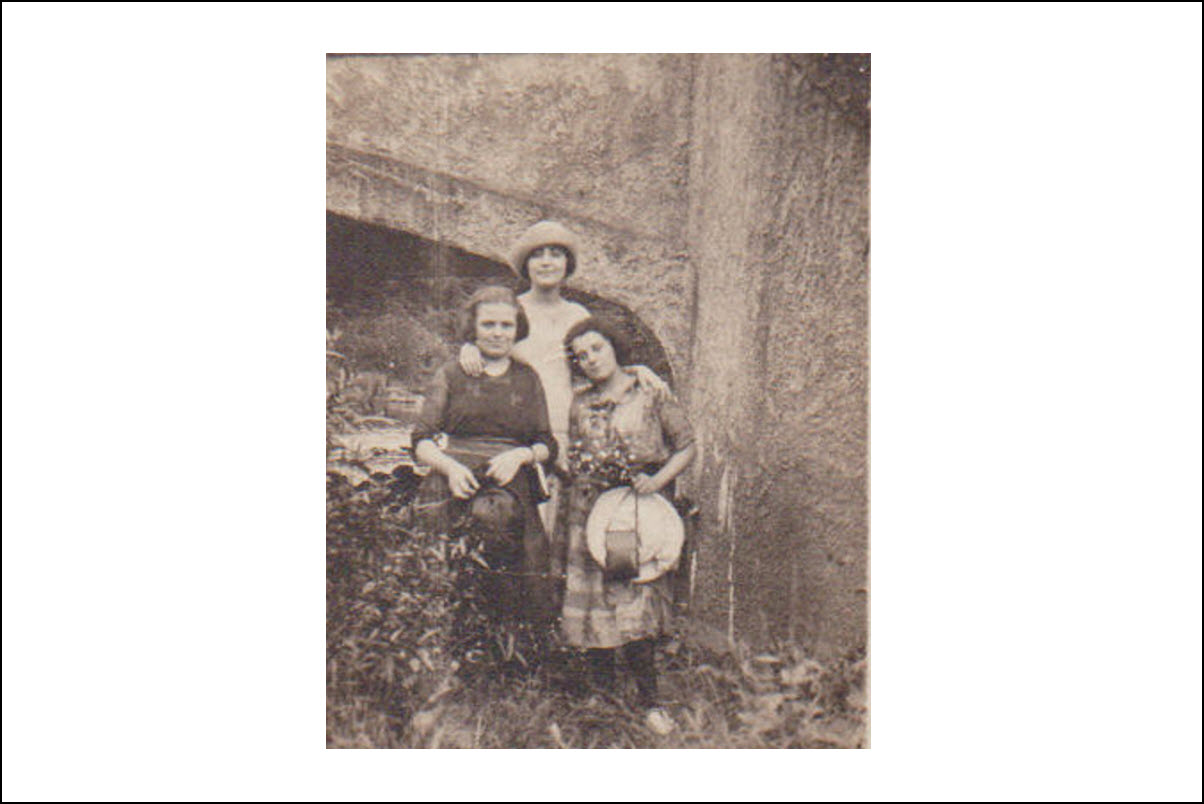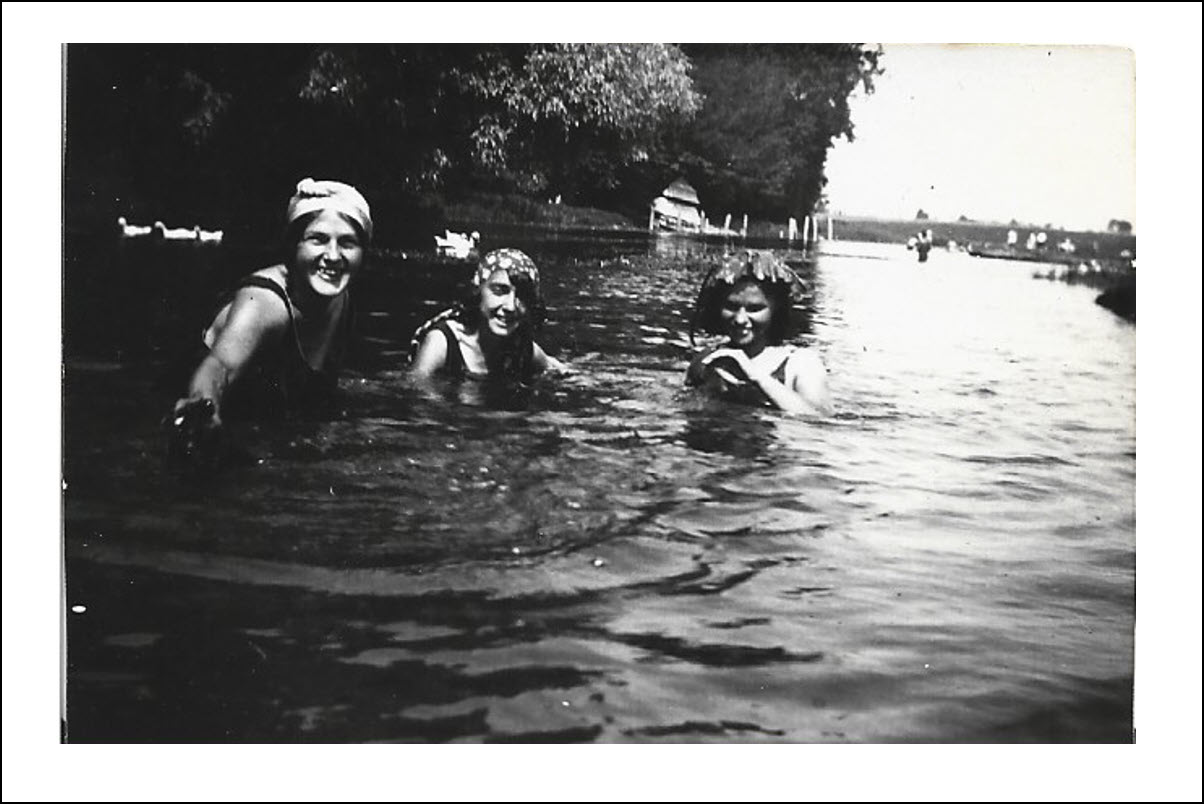-
Home
Home About Network
- History
Nostalgia and Memory The Polish Period I The Russian Period I WWI Interwar Poland WWII | Shoah 1944 Memorial Commemoration- People
Famous Descendants Families from Mlynov Migration of a Shtetl Ancestors By Birthdates- Memories
Interviews Memories 1935 Home Movie in Mlynov 1944 Memorial Commemoration Commemoration Wall- Other Resources
On Memory and Nostalgia

***
What we know of the Jews who lived in the towns of Mlynov and Mervits, and their lives there, we know from later recollections and oral traditions of those who left before and after WWII, and, as of now, a few Russian sources like census data that have only now begun to be translated. The richest source of information about the lives of Jews in Mlynov comes from Sefer Mlynow-Mervits (the Mlynov-Muravica Memorial Book), which was published in 1970 in Israel to commemorate the families who once lived there, both those who survived and those who did not, and the nature of the town in which they lived. The essays in the volume were originally written in Hebrew and Yiddish. A comprehensive, fully annotated translation is now available in English online and in a beautiful new hardcover edition.[1]The memories recorded in the Memorial book reach back in some cases thirty to fifty years before their publication and thus reflect the experiences, nostalgia, and later personal perspectives of those who once lived in Mlynov and Mervits. Many of those reflections were written by Israelis who had either made aliyah before 1942 or survived the Holocaust. Those memories were naturally refracted through their understanding of those experiences. Other immigrants to Palestine before 1948, like Yitzhak Lamdan, for example, also recorded their memories of Mlynov which are now translated. There are also now several books written by Israeli descendants in Hebrew about their families' experiences which are now translated and available on this site.
From the US, too, we have photos, oral traditions and some artefacts passed down among families whose ancestors left Mlynov between 1892 and 1924, when immigration quotas were imposed. For example, a memoire written by Clara Fram, in 1980, recalls her childhood memories from Mlynov before she left for Baltimore with her mother, three sisters and grandmother in 1909 at the age of seven. Clara was a granddaughter of the Rivitz and Demb families and her memoire has been circulating among the Demb descendants. Clara’s grandparents, Getzel and Ida (Rivitz) Fax, were the first pioneers, so far discovered, who left Mlynov for Baltimore, and in the years following, many of the Mlynov descendants followed them there and created a substantial community of Mlynov immigrants, the largest aggregation of Mlynov descendants outside of Israel.
I personally interviewed the children and grandchildren of these Mlynov immigrants to Baltimore, particularly, Ted Fishman, and Audrey Goldseker Polt, whose parents came to the US in 1920 and 1924 respectively. Both have been family historians and collectors themselves and have been able to recall many stories their parents told and share photos of life in Mlynov that they preserved.
A few individuals from Mlynov and Mervits made it to the US after 1924 with help from relatives and later as displaced persons. Their stories have appeared in books by their descendants and in video interviews online. The memories and photos from these American immigrant families are also fragmentary in nature and also passed through the filters of time and the American experience as they were remembered and retold. The upshot is that we do not have any “pure” first hand memory of Mlynov and Mervits and thus we can only glean together an understanding of what life was like there, from the bits and shards of memories that have been passed down to us.
There is a temptation, even among survivors, to compare Mlynov and Mervits (and perhaps all shtetls) to Fiddler on the Roof, which has become emblematic of shtetl life and experience in general, and which captures the intimacy, conflict and themes that roiled Russian Jewish life among shtetl Jews. And to some extent the comparison is surely helpful. Still, there seems to be something important and powerful about aggregating what we do know about these particular shtetls and the people who lived there, in this particular time and place and trying to imagine what life was like there for those from whom we are descended. If nothing else, the act of imagination and the exploration of our specific families’ histories and memories deepens our own understanding of what our ancestors wanted to remember and recall of their experiences from whence they came; we don’t have to imagine all our ancestors to be generic Tevyes, Goldas and every shtetl to be Anatevka.
The memories that have reached us from Mlynov have passed through the gauntlet of time; they have been preserved because they meant something to those who survived, and thus they tell us something about what mattered and what did not, as those who left those towns adjusted to their new lives in the United States, Palestine and later Israel. In documenting what they left behind, we pass on something to those who follow, as we engage in our own acts of imagination.
The memories of Mlynov and Mervits, therefore, have to be understood as recalled by and refracted within, not only a post-Holocaust context, but also after the 1967 Six Day War, in which Israel fought off its Arab neighbors and triumphed. Both of these events naturally colored the way that Mlynov and Mervits were remembered by those who once lived there, but who subsequently lived in Israel or in the United States. Many families that had migrated to either the US or Palestine lost family and relatives who had been left behind. A few Shoah survivors from Mlynov and Mervits made their way to Israel and the United States and began to tell their stories.
The production of the Mlynow-Muravica Memorial book came in 1970 as American and Israeli Jews were deepening their understanding of and grabbling with the enormity of the Holocaust. The ‘67 War in which Israel, the underdog, fought off the Arab neighbors successfully and conquered the expanded territories deepened the pride of Americans who increasingly saw Israel and the Holocaust as twin themes of American Jewish identity in a post ‘67 context.
Many of the photos in the Memorial book capture the Zionist youth groups in Mlynov, which grew in importance locally in Mlynov as Zionism was becoming a more important theme in Polish Jewish life in the 1920s. The Memorial book does not capture, to cite one example, much about the possible influences of Haskalah (“enlightenment”), Socialism or Hasidism that were also present in Mlynov at the time, though hints of these influences can be found in the stories and memories of those who lived there.
The memories of Mlynov and Mervits were for the most part recorded in this period post-1967. They naturally evoke nostalgia for what was lost and for experiences the writers recalled as children and younger adults, when they lived among those who were left behind and never left. These memories recall the difficulties of shtetl life, the challenge of finding work and making a living, the antisemitism they sometimes felt, and the restrictions imposed on them as Jews by the local Count who loomed large in their memories. But the essays also recall precious and evocative memories of childhood, such as myths about the menorah tree that grew where the famous Rebbe died, and "Mount Sinai" where the children played on the other side of the River. They include sights and sounds of life in and around the shtetl and humorous incidents and stories about the people who once lived there.
NOTES
[1] The The Mlynov-Muravica Memorial Book (translated title for original Sefer Mlynow-Marvits (Mlynov-Muravica Memorial Book). Ed. J. Sigelman, Haifa: 1970. Published in Hebrew and Yiddish by former residents of Mlynov-Muravica in Israel. A digital version of the original can be viewed online in several websites including the NY Public Library. The new annotated and complete English translation is now available online and in a beautiful new hardcover edition which can be purchased from JewishGen or via Amazon. ↩
ADDITIONAL READING
On the reception of the Holocaust in American consciousness, see the substantive work of Bary Trachtenberg, The United States and the Nazi Holocaust: Race, Refuge, and Remembrance. Bloomsbury Publishing. London, 2018.
Wikipedia overview of "Yitzhak Lamdan."
On the history of Zionism as a European movement and its growth over time, see as an example, Walter Laquer, A History of Zionism. New York: Schocken Books, 1972.
***
Compiled by Howard I. Schwartz
Updated: July 2024
Copyright © 2021 Howard I. Schwartz, PhD
Webpage Design by Howard I. Schwartz
Want to search for more information: JewishGen Home Page
Want to look at other Town pages: KehilaLinks Home Page
This page is hosted at no cost to the public by JewishGen, Inc., a non-profit corporation. If it has been useful to you, or if you are moved by the effort to preserve the memory of our lost communities, your JewishGen-erosity would be deeply appreciated.
- History



